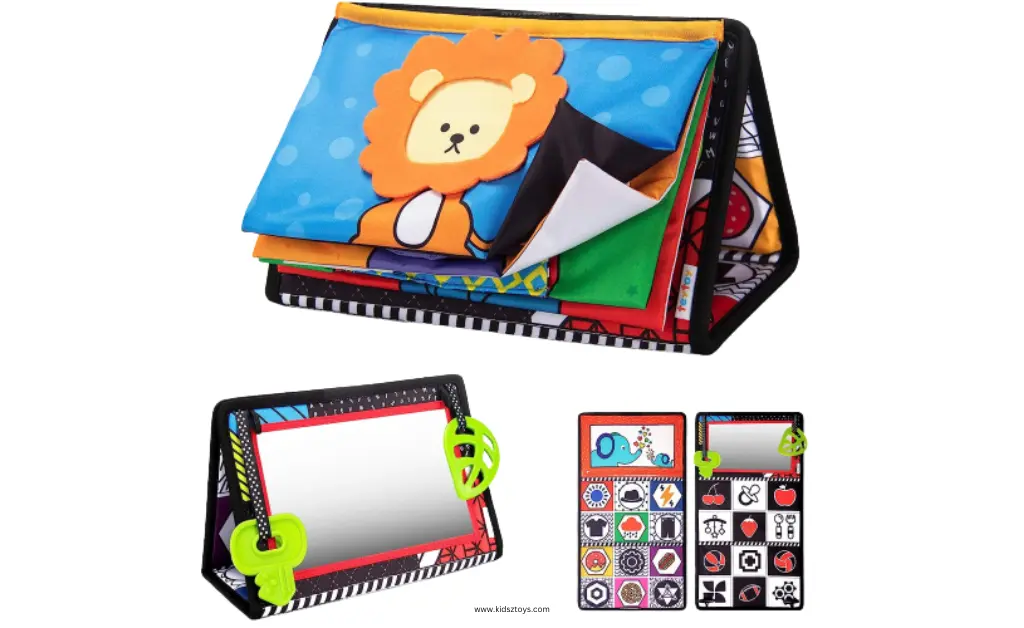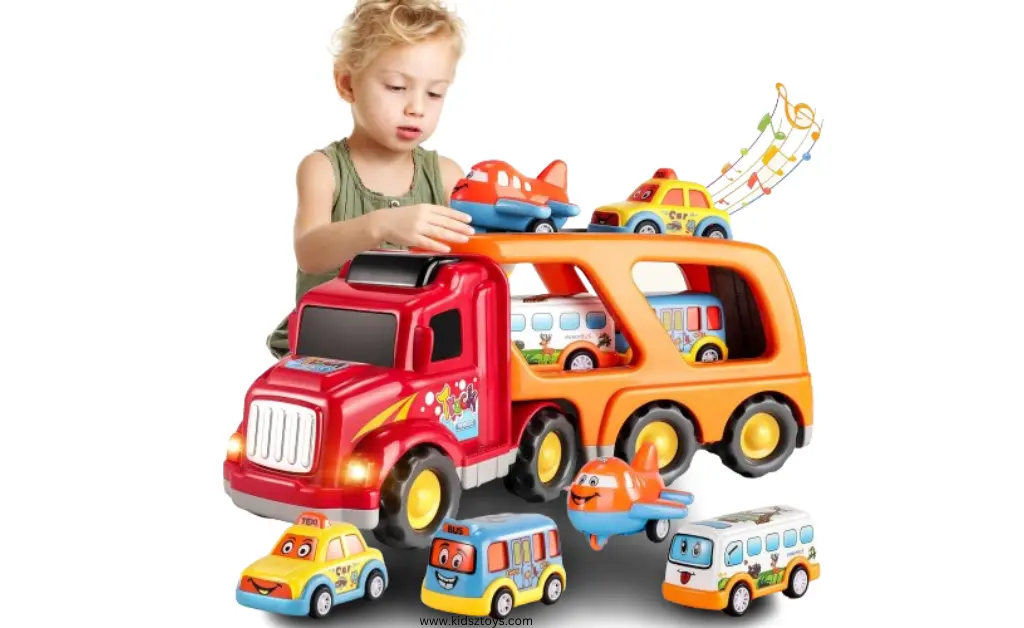The best Language Development Toys
Language development plays a crucial role in shaping a child’s cognitive and social abilities. Toys have a significant impact on enhancing language skills in children. This article explores the power of the best language development toys in nurturing communication skills.
Language development toys play a crucial role in nurturing communication skills in children. Through interactive books, building blocks, and pretend play sets, children can improve their vocabulary, enhance cognitive development, and foster social and emotional intelligence.
When choosing language development toys, it is important to consider the child’s age, focus on multi-sensory learning, and look for educational value and quality. By incorporating these toys into daily routines and creating language-rich environments, parents can support their child’s language development in a fun and engaging way.
Types of Language Toys
- Interactive Books

Books with sound effects, textures, and interactive elements can engage children and promote language development.
- Building Blocks and Puzzles
These toys encourage problem-solving and language skills through creative play.
- Pretend Play Set

- Imaginative play with sets like kitchen or doctor kits can stimulate language development.
Benefits of Language Development Toys
- Improving Vocabulary and Language Skills: Exposure to a variety of words and concepts through toys enhances language proficiency.
- Enhancing Cognitive Development: Toys that require thinking and reasoning skills can boost cognitive abilities.
- Fostering Social and Emotional Intelligence: Interactive toys promote communication and empathy, crucial for social interactions.
How to Choose Language Development Toys
Selecting toys that match your child’s interests and abilities is key to effective language development.
- Consider Child’s Age and Developmental Stage: Choose toys that align with your child’s age and skill level for optimal learning.
- Focus on Multi-Sensory Learning: Toys that engage multiple senses can enhance language processing and retention.
- Look for Educational Value and Quality: Opt for toys that are durable, safe, and offer educational benefits to support language development.
Incorporating Language Development Toys into Daily Routine
- Establishing Language Rich Environments: Surround your child with books, educational toys, and opportunities for language rich interactions.
- Encouraging Conversations and Storytelling: Engage in meaningful conversations, storytelling, and imaginative play to boost language skills.
- Making Learning Fun and Engaging: Incorporate language development toys into playtime to make learning enjoyable and effective.
Summary
Language development toys are valuable tools for nurturing communication skills in children. By choosing the right toys, creating a language-rich environment, and encouraging interactive play, parents can support their child’s language development journey effectively. Embrace the power of language development toys to unlock your child’s full potential.
FAQs
Q.1 How early should I start using language development toys with my child?
It is never too early to start using language development toys with your child. Even infants can benefit from exposure to books, music, and interactive toys.
Q.2 Are electronic toys as effective as traditional language development toys?
While electronic toys can be engaging, traditional toys like books and building blocks allow for more hands-on, interactive learning experiences that are often more beneficial for language development.
Q.3 How can I encourage my child to continue using language development toys?
Make sure to choose toys that your child enjoys and rotate them regularly to keep things fresh and exciting. Additionally, incorporating the toys into your daily routine and joining in on the play can help maintain your child’s interest.
